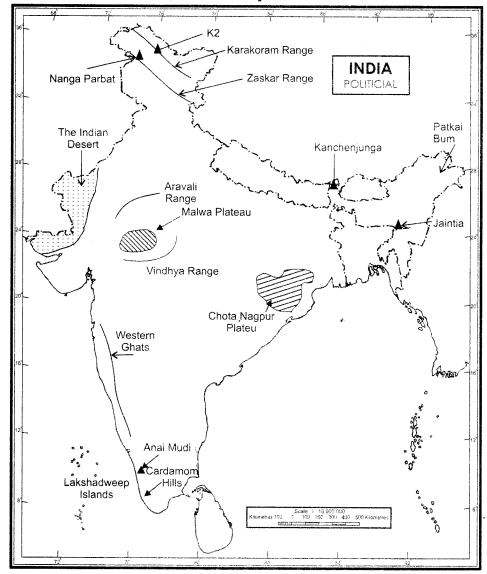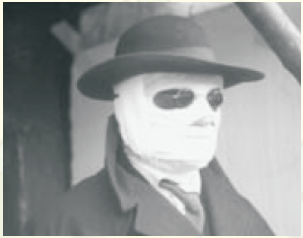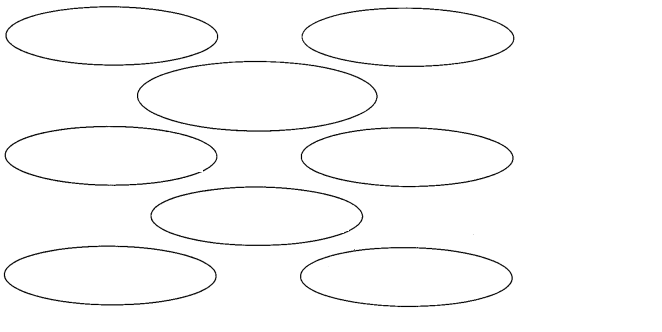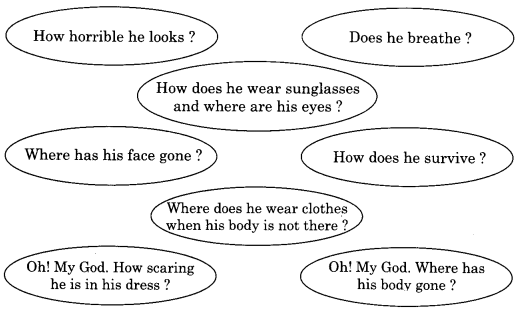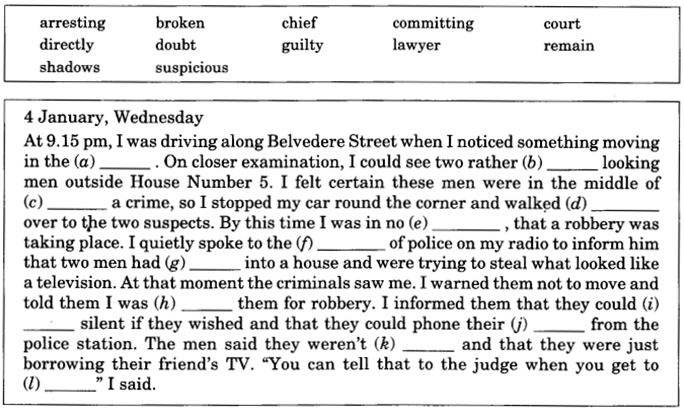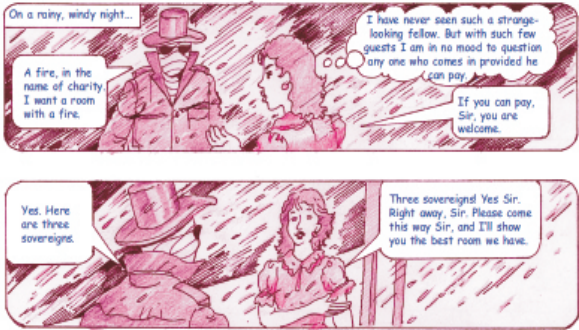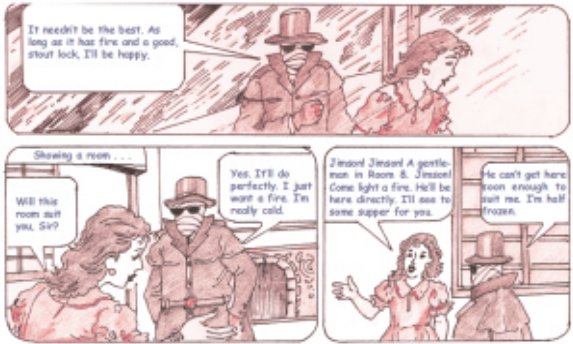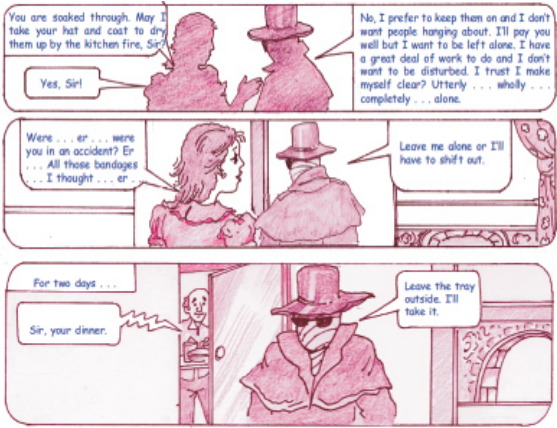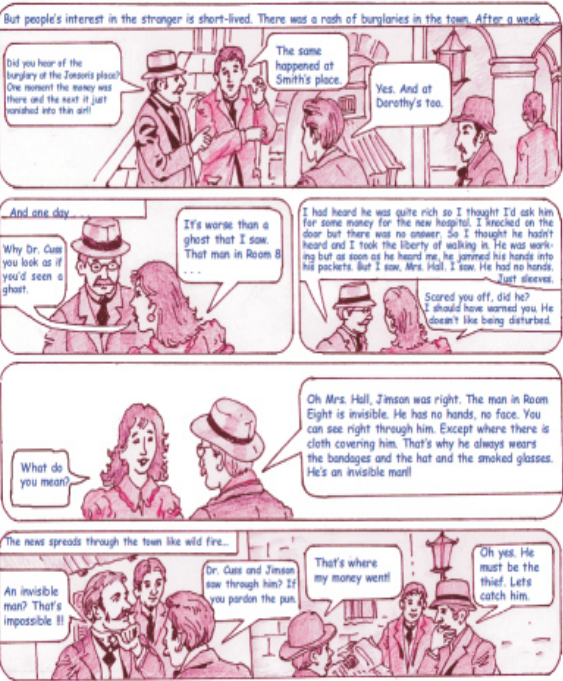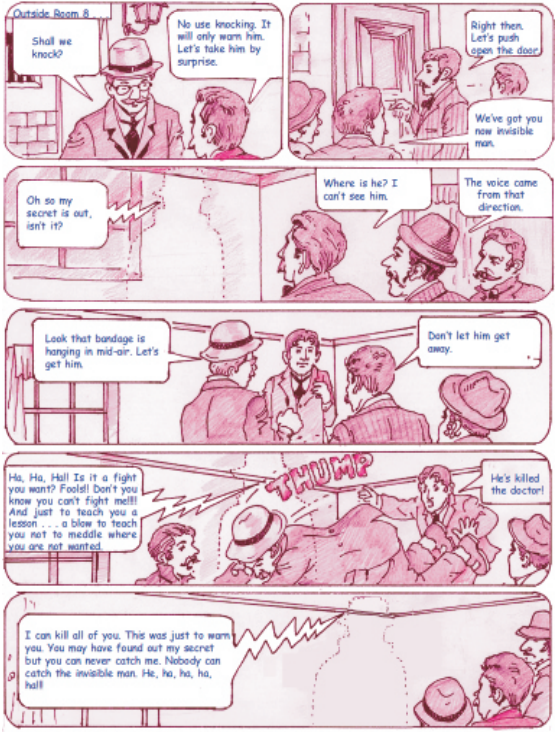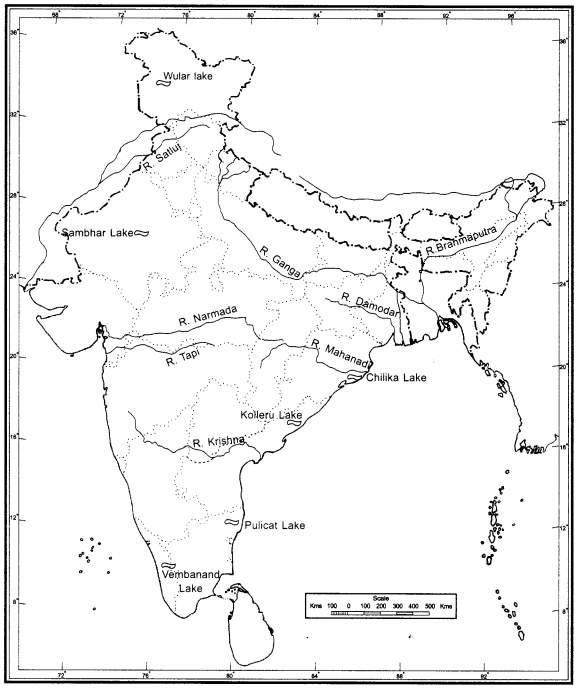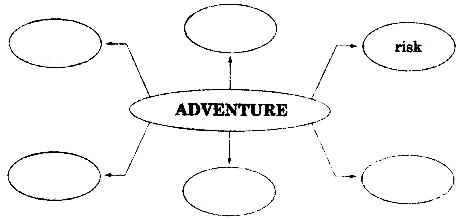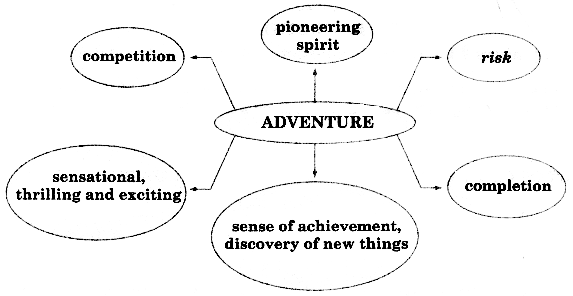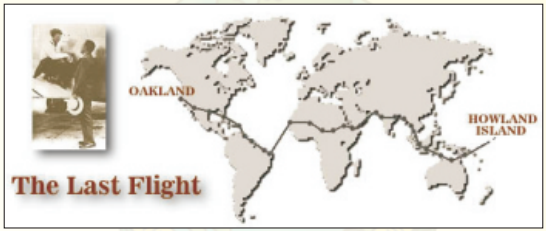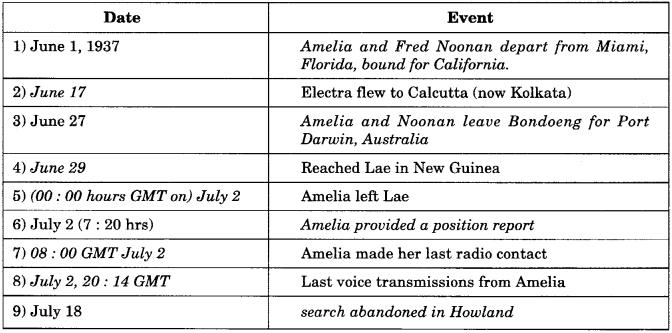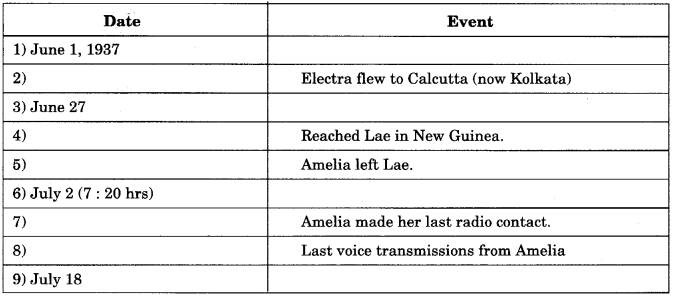NCERT Solutions for Class 9 Social Science History Chapter 1 The French Revolution
These Solutions are part of NCERT Solutions for Class 9 Social Science. Here we have given NCERT Solutions for Class 9 Social Science History Chapter 1 The French Revolution. Free PDF download of NCERT solutions for Class 9 Social Science (India and the Contemporary World – I) Chapter 1 – The French Revolution. All questions are explained by the expert Social Science teacher and as per NCERT (CBSE) guidelines.
Question 1.
Describe the circumstances leading to the outbreak of revolutionary protest in France?
Answer:
The following circumstances led to the outbreak of revolutionary protest in France:
- Louis XVI was an autocratic ruler who could not compromise with his luxurious life. He also lacked farsightedness.
- When he ascended the throne the royal treasury was empty. Long years of war had drained the financial resources of France. Added to this was the cost of maintaining an extravagant court at the immense palace of Versailles.
- Under Louis XVI France helped the thirteen American colonies to gain their independence from Britain the war added more than a billion lives to a dept credit, now began to charge 10% interest on loans. So the French government was obliged to spend an increasing percentage of its budget on interest payments alone.
- The state finally increased taxes to meet its regular expenses such as the cost of maintaining an army, running government offices and universities.
- The French society was divided into three estates but only members of the first two estates i.e,, the clergy and the nobles were exempted to pay taxes. They belonged to the privileged classes. Thus the burden of financing activities of the state through taxes was borne by the third estate only.
- The middle class that emerged in the 18th century France was educated and enlightened. They refuted the theory of divine rights of the kings and absolute monarchy. They believed that a person’s social position must depend on his merit. They had access to the various ideas of equality and freedom proposed by philosophers like John Locke, Jean Jacques Rousseau, Montesquieu etc. Their ideas got popularised among the common mass as a result of intensive discussions and debates in saloons and coffee houses and through books and newspapers.
- The French administration was extremely corrupt. It did not give weightage to the French Common man.
The state finally increased taxes to meet its regular expenses such as the cost of maintaining an army, running government offices and universities.
Question 2.
Which groups of French society benefited from the revolution? Which groups were forced to relinquish power? Which sections of society would have been disappointed with the outcome of the revolution?
Answer:
- The wealthy class of the third estate which came to be known as the new middle class of France benefited the most from the revolution. This group comprised of big businessmen, petty officers, lawyers, teachers, doctors and traders. Previously, these people had to pay state taxes and they did not enjoy equal status. But after the revolution they began to be treated equally with the upper sections of the society.
- With the abolition of feudal system of obligation and taxes, the clergy and the nobility came on the same level with the middle class. They were forced to give up their privileges. Their executive powers were also taken away from them.
- The poorer sections of the society, i.e. small peasants, landless labourers, servants, daily wage earners would have been disappointed with the outcome of the revolution. Women also would have been highly discontented.
Question 3.
Describe the legacy of the French Revolution for the peoples of the world during the nineteenth and the twentieth centuries.
Answer:
The French Revolution proved to be the most important event in the history of the world.
- The ideas of liberty and democratic rights were the most important legacy of the French Revolution. These ideas became an umpiring force for the political movements in the world in the 19th and 20th centuries.
- The ideas of liberty, equality and fraternity spread from France to the rest of Europe, where feudal system was finally abolished.
- Colonised people reworked on the idea of freedom from bondage into their movements to Create a sovereign nation state.
- The idea of Nationalism that emerged after the French Revolution started becoming mass movements all over the world. Now people began to question the absolute power.
- The impact of the French Revolution would be seen in India too. Tipu Sultan and Raja Rammohan Roy got deeply influenced by the ideas of the revolution. In the end, we can say that after the French Revolution people all over the world became aware of their rights.
Question 4.
Draw up a list of democratic rights we enjoy today whose origins could be traced to the French Revolution.
Answer:
Some of the democratic rights which we enjoy today can be traced to the French Revolution are as follows:
- Right to equality including equality before law, prohibition of discrimination and equality of opportunity in matters of employment.
- Right to freedom of speech and expression including right to practice any profession or occupation.
- Right against exploitation.
- Right to life.
- Right to vote.
Question 5.
Would you agree with the view that the message of universal rights was beset with contradictions? Explain.
Answer:
- The message of universal rights was definitely beset with contradictions. Many ideals of the “Declaration of Rights of Man and Citizen” were not at all clear. They had dubious meanings.
- The French Revolution could not bring economic equality and it is the fact that unless there is economic equality, real equality cannot be received at any sphere. The Declaration of Rights of Man and Citizen laid stress on equality but large section of the society was denied to it. The right to vote and elect their representatives did not solve the poor man’s problem.
- Women were still regarded as passive citizens. They did not have any political rights such as right to vote and hold political offices like men. Hence, their struggle for equal political rights continued.
- France continued to hold and expand colonies. Thus, its image as a liberator could not last for a long time.
- Slavery existed in France till the first half of the 19th century.
Question 6.
How would you explain the rise of Napoleon?
Answer:
- The political instability of the Directory paved the way for the rise of Napoleon Bonaparte Napoleon had achieved glorious victories in wars. This made France realise that only a military dictator like Napoleon would restore a stable government.
- In 1804, he crowned himself the emperor of France. He set out to conquer neighbouring European countries, dispossessing dynasties and creating kingdoms where he placed members of his family. Napoleon viewed himself as a moderniser of Europe.
- He introduced many laws such as the protection of private property and a uniform system of weight and measures provided by the decimal system. But his rise to power did not last for a long time. He was finally defeated at Waterloo in 1815.
Hope given NCERT Solutions for Class 9 Social Science History Chapter 1 are helpful to complete your homework.
If you have any doubts, please comment below. Learn Insta try to provide online tutoring for you.
